Using Ed Tech to Find the ‘Aha!’ Moment
7%
increase in student evaluation scores after adopting Top Hat
90%
of students report that Top Hat made them feel part of a wider learning community
92%
of students said Top Hat improved their engagement in class
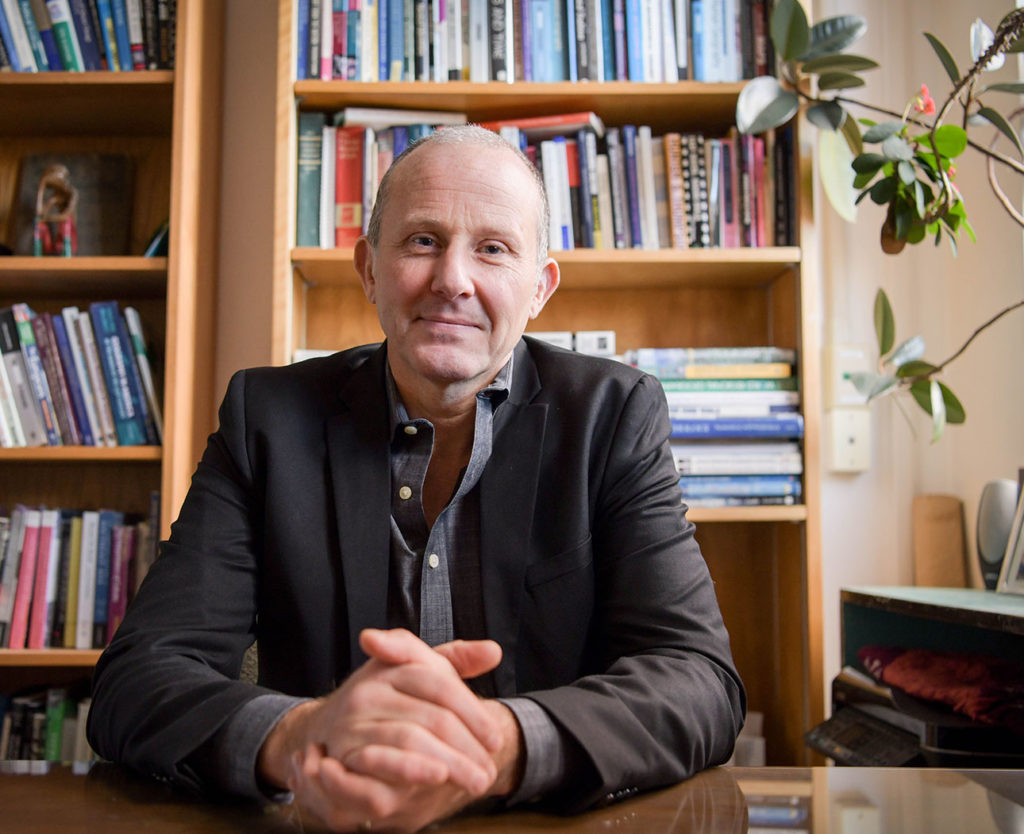
Educator Stories
Helping professors make teaching fun and effective
Innovative educators at more than 750 campuses rely on Top Hat. Find out how they use it to engage students and build comprehension before, during and after class.
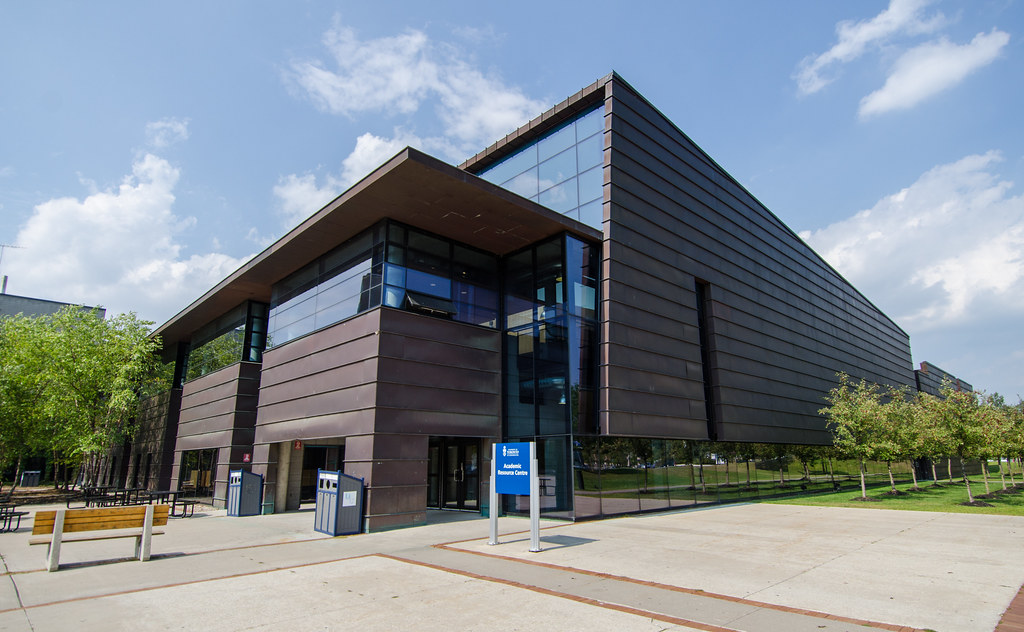
Elevating Engagement and Accountability in Large-Enrollment Linguistics
This University of Toronto professor achieved 97% participation and raised final grades by adopting Top Hat for a large, introductory linguistics course.
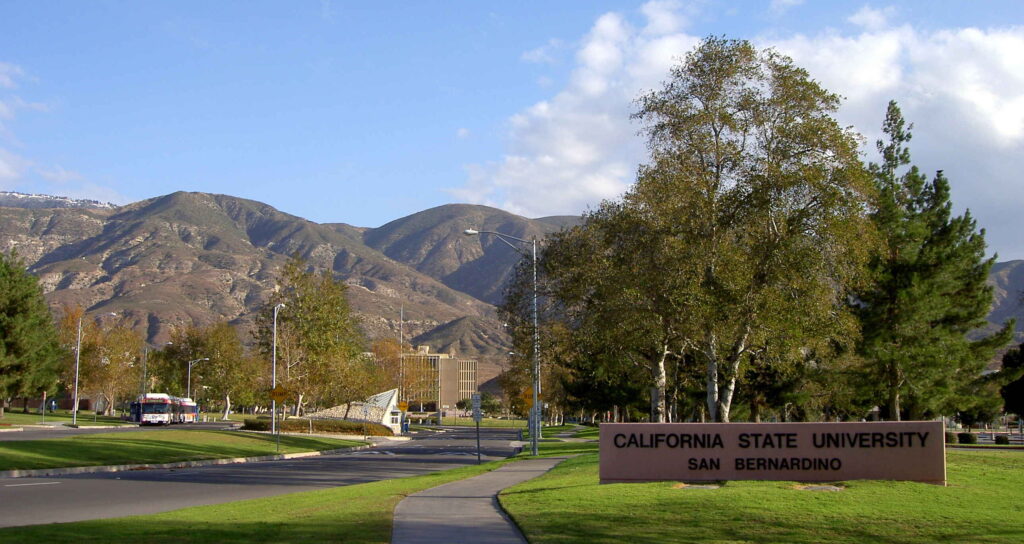
How a Top Hat eText Improved DFWI Rates By 3% in Public Speaking
How two professors moved their DFWI rates from 14 to 11 percent with the help of an Interactive Top Hat eText.

Communicating Confidently: How a Custom Top Hat eText Prepares Students for Their Careers
How one professor customized a public speaking Top Hat eText and has saved students $275,000 over a three-year period.
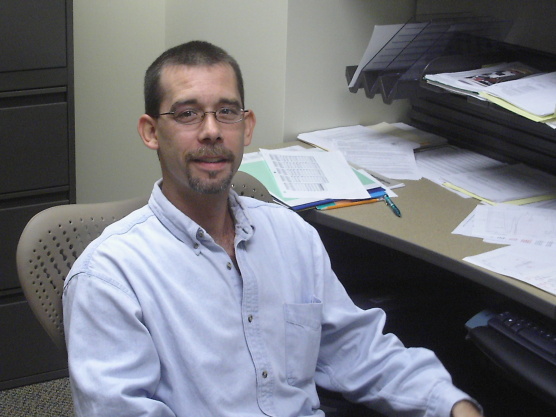
Rewriting Chemistry: How This Prof Saw a 71% DFW Reduction After Authoring a Top Hat Text
Read how one professor reduced DFW rates by 71% and boosted 'A' and 'B' grades by 43% after authoring his own textbook using Top Hat.
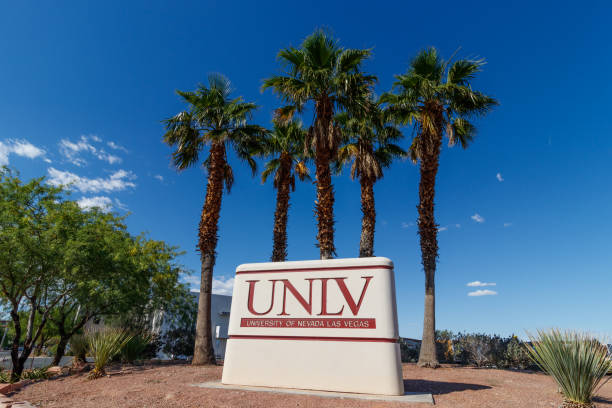
Stage Fright to Spotlight: How Authoring a Custom Top Hat eText Led to a 90% Approval Rate
How creating a custom Interactive eText led to soaring student satisfaction rates and greater affordability.
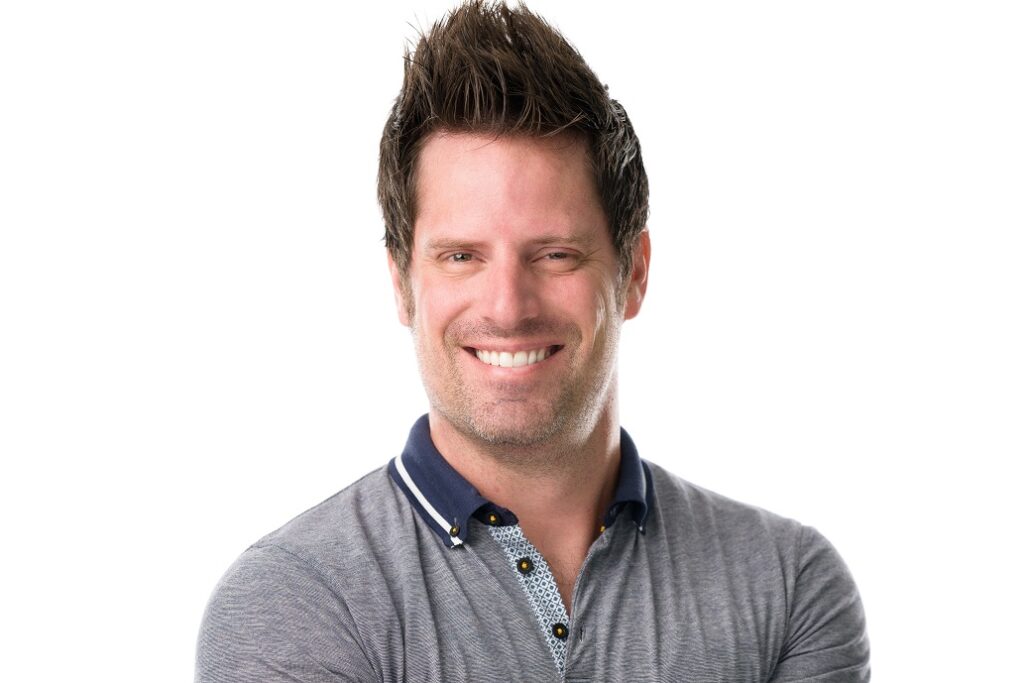
Why 84% of Students Were Satisfied with This Custom Top Hat Interactive eText
How creating a custom Interactive eText led to soaring student satisfaction rates and greater affordability.

How Top Hat Increased Interactivity and Reduced Financial Barriers at Penn State
How Penn State and Top Hat's institution-wide agreement lowers financial barriers and provides the necessary scaffolding for success in STEM.
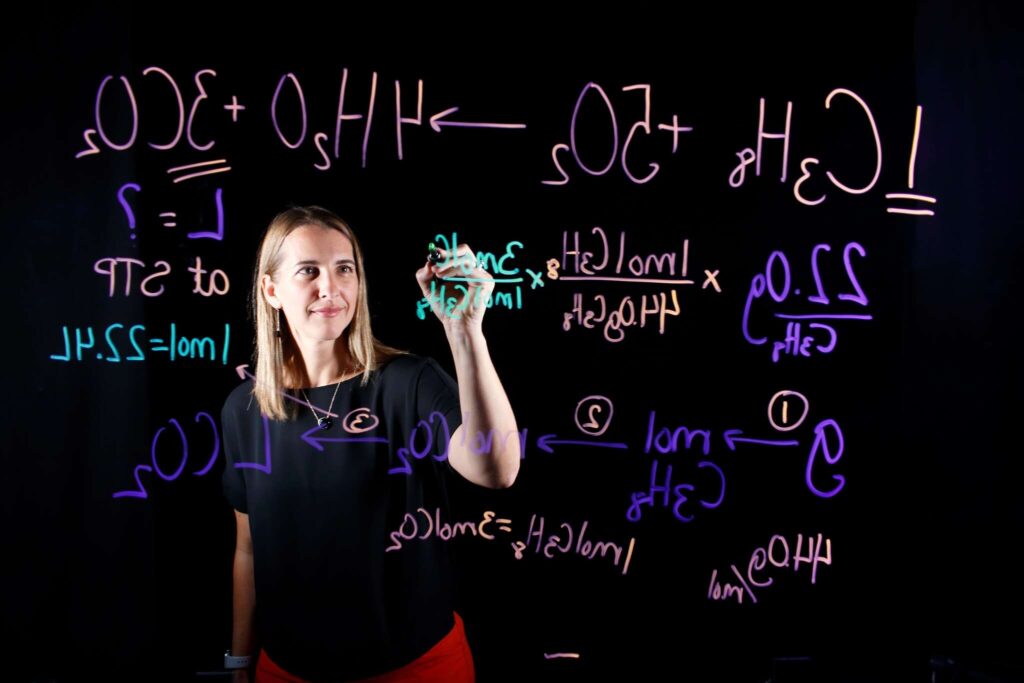
The Recipe for STEM Success: Combining Top Hat and Aktiv Chemistry
See how this chemistry lecturer reduced failure rates and improved 'A' grades by using Top Hat and Aktiv Chemistry in first-year courses.
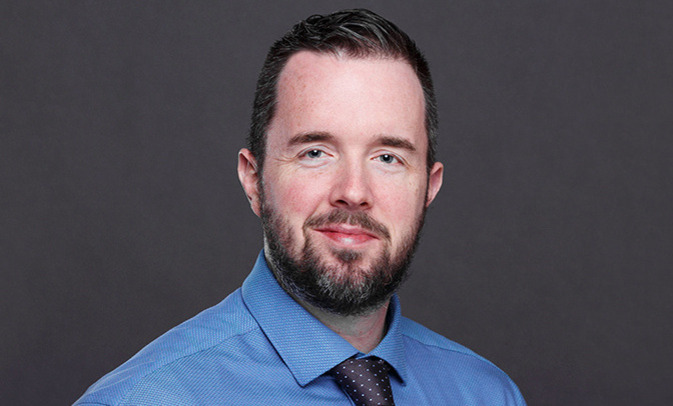
Prescription for Success: Transforming Medical Education at Indiana University
This medical professor uses Top Hat to turn his Renal and Pulmonary Grand Rounds course into a must-attend event.
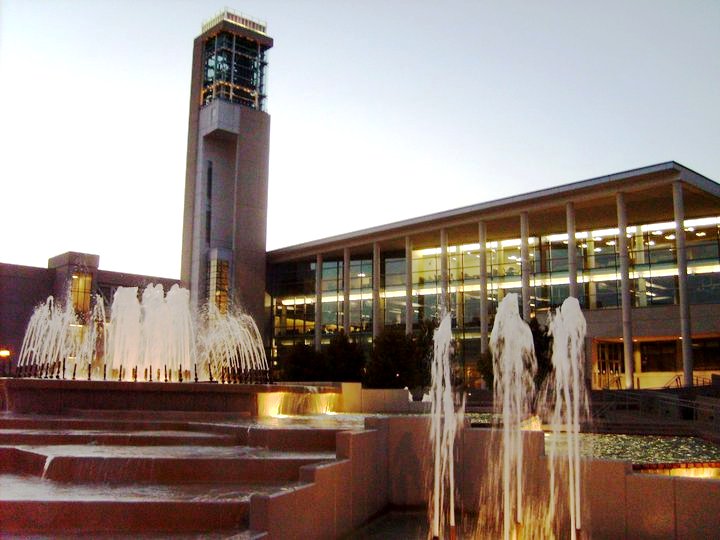
How Top Hat Content Incorporates DEI and Career Readiness In Public Speaking
How the search for a relevant and career-oriented eText led this Public Speaking professor to Top Hat

How Two Custom Top Hat Interactive eTexts Speak to 4,000 Students in a Required Course
Using Top Hat's Composition content solutions led to greater skill-building and confidence among 4,000+ students
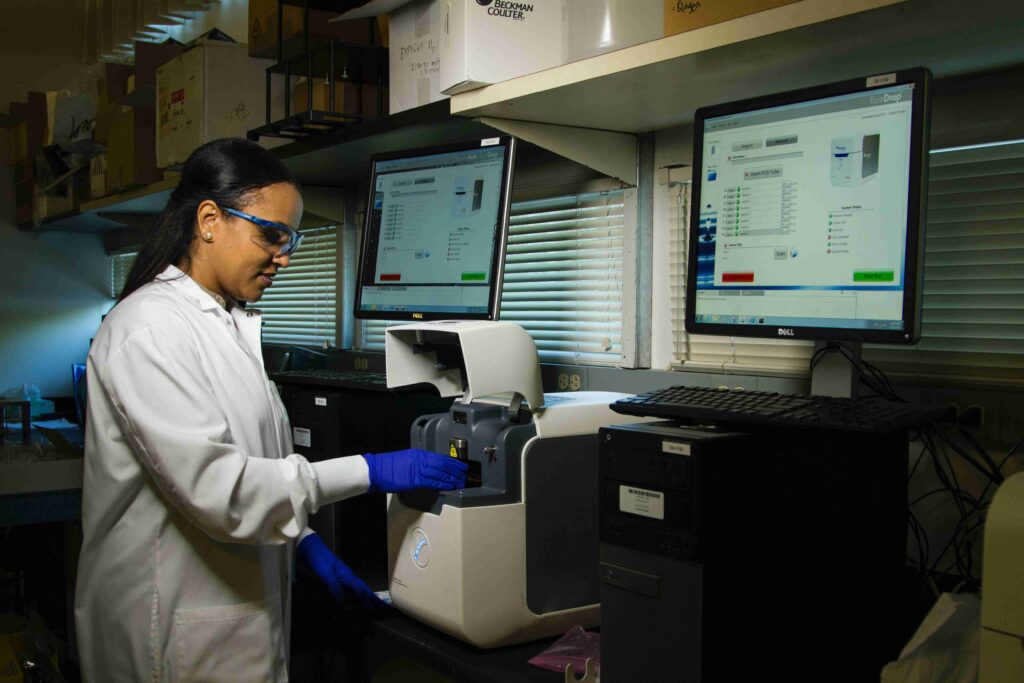
How Moving From Print to Digital Lab Materials Maximized Quality
Affordability can often come at the cost of quality. It's why this professor favors Top Hat's Biology Interactive eText.

How A Top Hat Textbook Contributed to a 16% Decrease in DFW Rates
Relevance and representation were also important factors in improving student outcomes in this Introductory Chemistry course
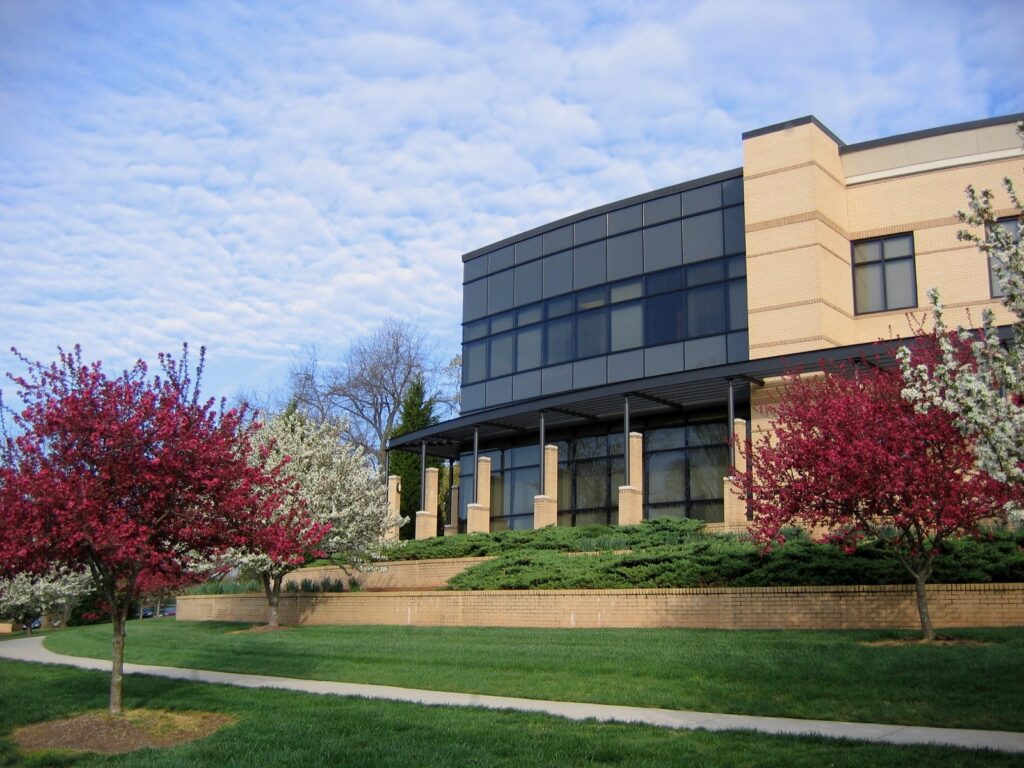
Digitizing a Print Biology Lab Manual Using Top Hat
Converting a print lab manual to an interactive and dynamic resource was key to keeping online students accountable
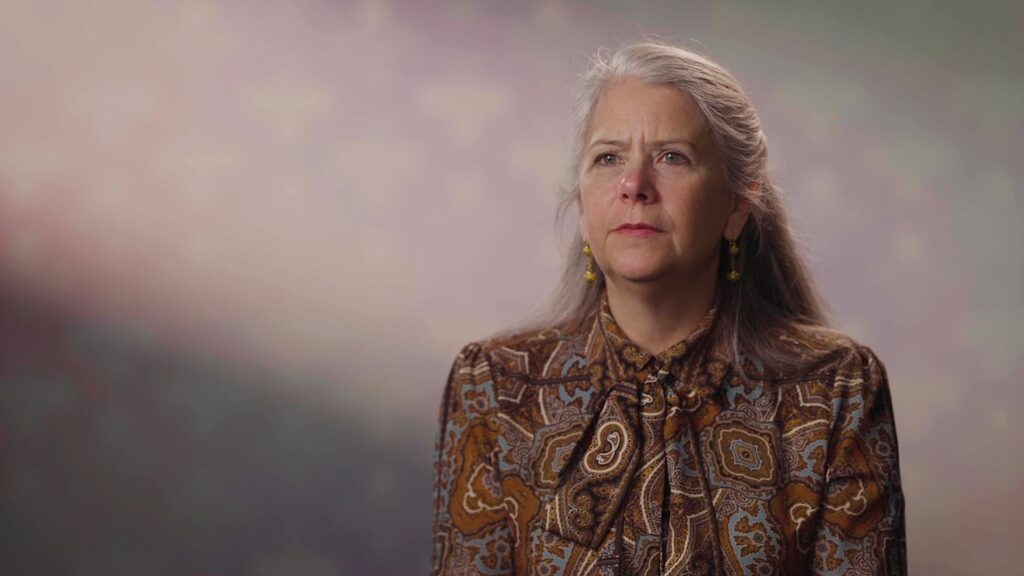
Increasing Grades and Reducing DFW Rates in Chemistry
How the combination of Top Hat and Aktiv Chemistry improved pass rates and final grades
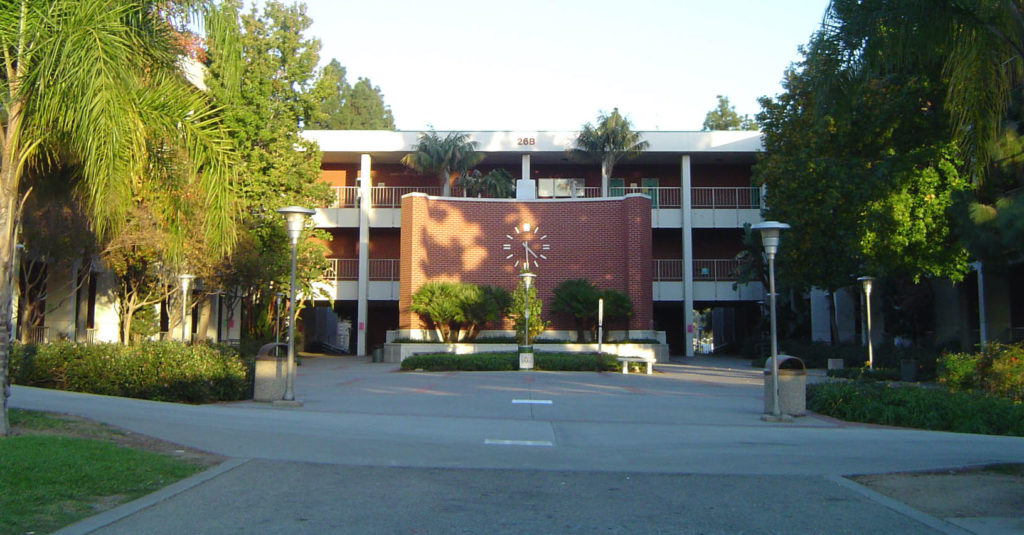
Giving Community College Students a Textbook to Prepare Them for the Real World
How a Top Hat textbook served as a stepping stone to four-year degree programs and the workplace
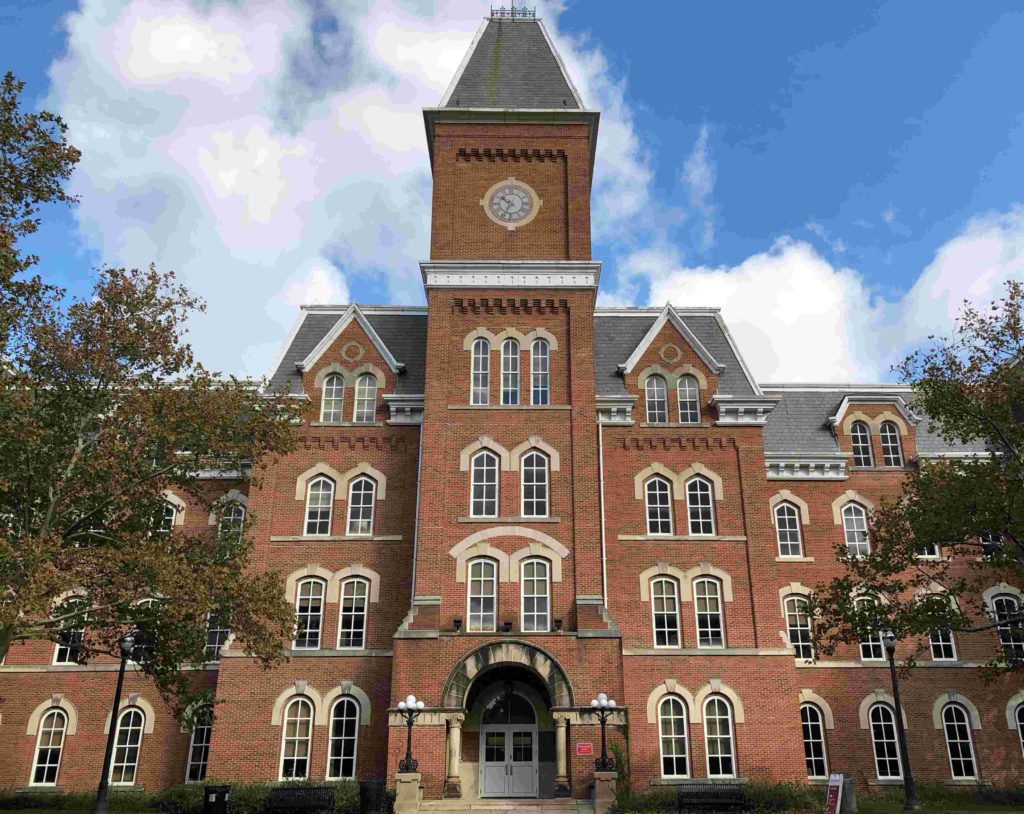
How Top Hat Pages Helped This Math Professor Chart an 82% Course Pass Rate
Offering a high-quality and interactive Pre-Calculus experience with Top Hat Pages
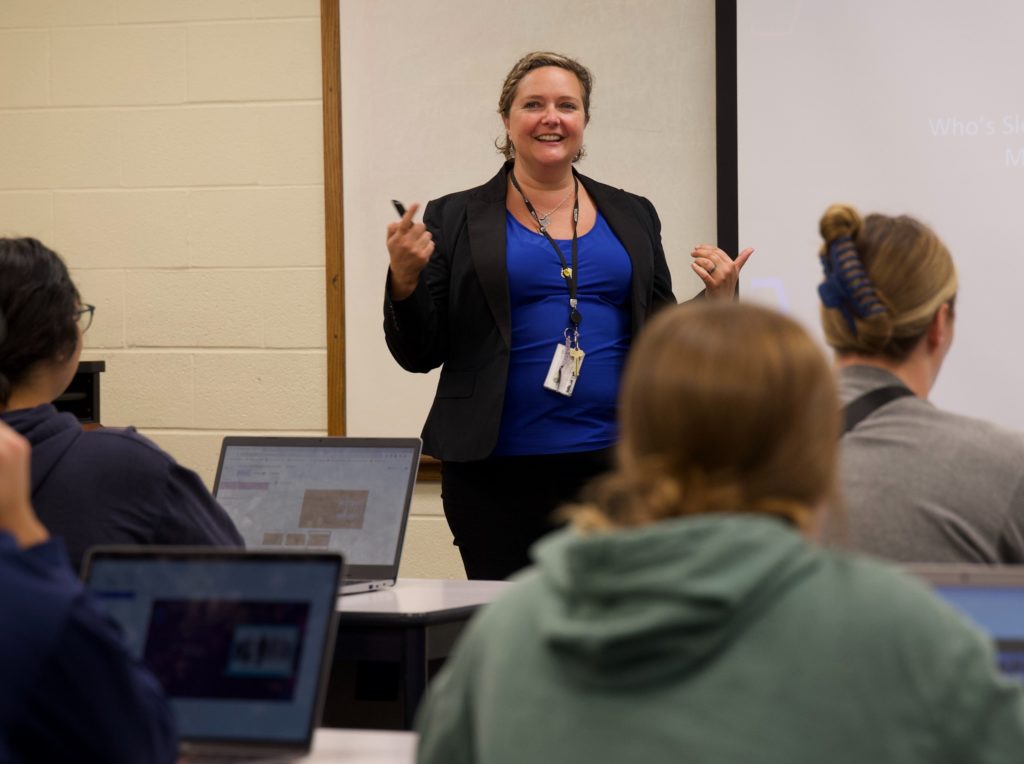
Turning the Abstract Into An Absorbing Course
How Top Hat Pages allowed one professor to co-create a class resource that prepares students for the workplace
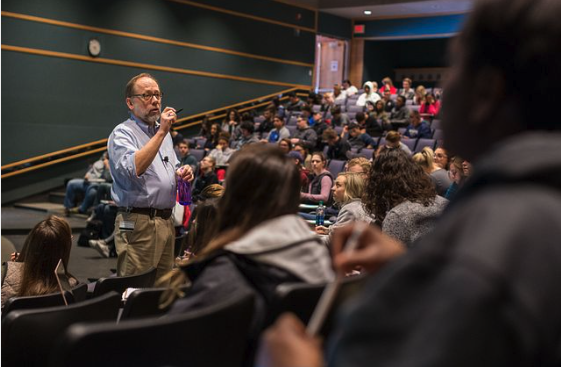
Indiana University Lays the Foundation for Active Learning at Scale
How a school-wide licensing agreement is paving the way for evidence-based teaching practices in every course.
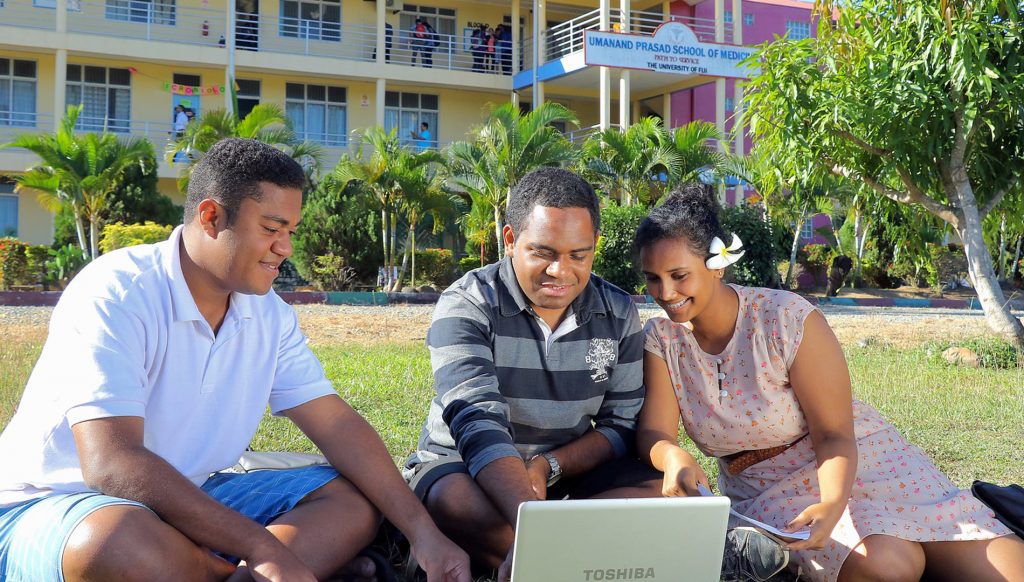
Providing the Technology and Data to Drive Student Success
How giving all students and faculty Top Hat access was credited with maintaining quality education during the pandemic.

How Top Hat Textbooks Helped Give HR Students Faster Access to Jobs
How custom Top Hat textbooks reduced the time it took to exit academia and enter the workforce

Using Always Up-to-Date Learning Materials to Spark Discussion and Debate
How Top Hat allowed one professor to reflect a rapidly evolving political landscape
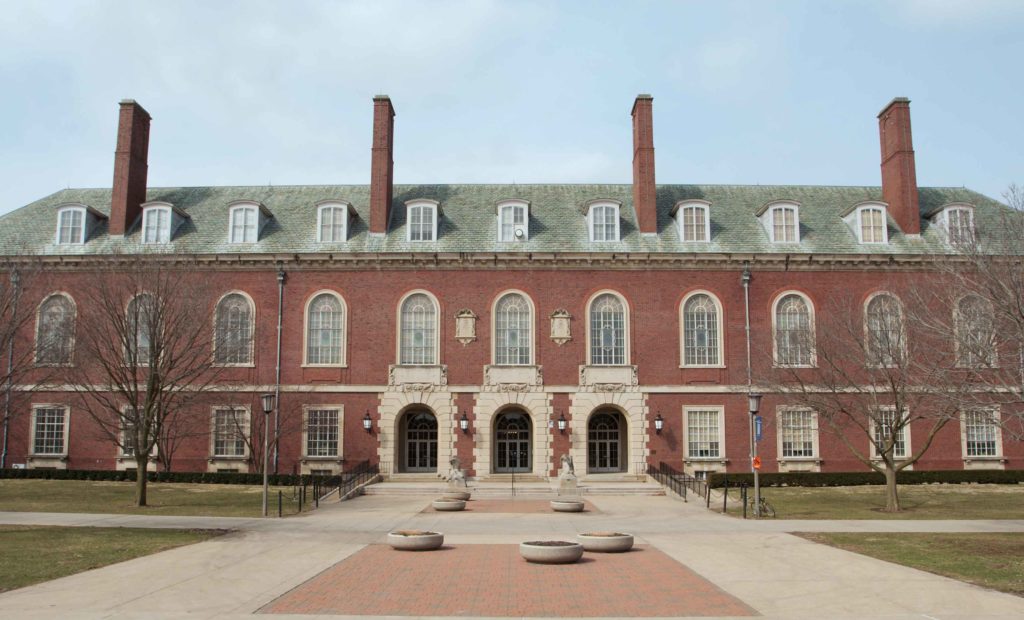
How Raising the Difficulty of Exams Boosted Grades by 8%
Using Top Hat questions helped professor David Guggenheim cultivate curiosity and led to improved student performance

Boosting Student Retention with Affordable, Customizable Content
Professor Nancy Legge's efforts to deliver high quality, customized content have translated into better grades and a greater likelihood students will stay in class and university as well.
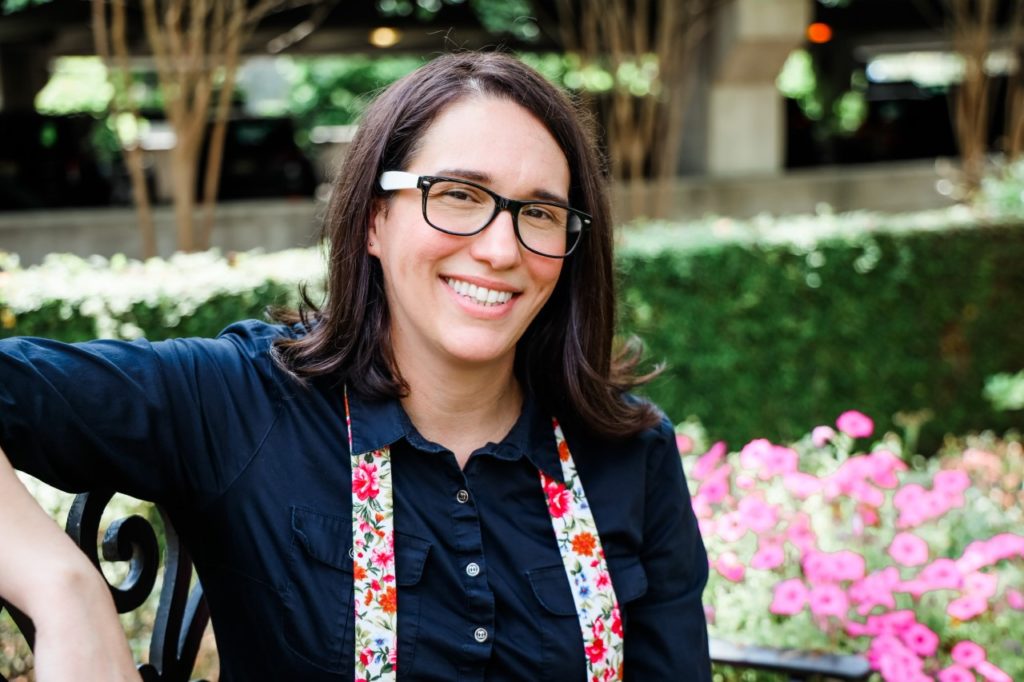
How Customizing a Textbook Helped This Professor Illustrate Inclusivity
How a Top Hat textbook helped reduce financial and cultural barriers, which in turn, boosted grades
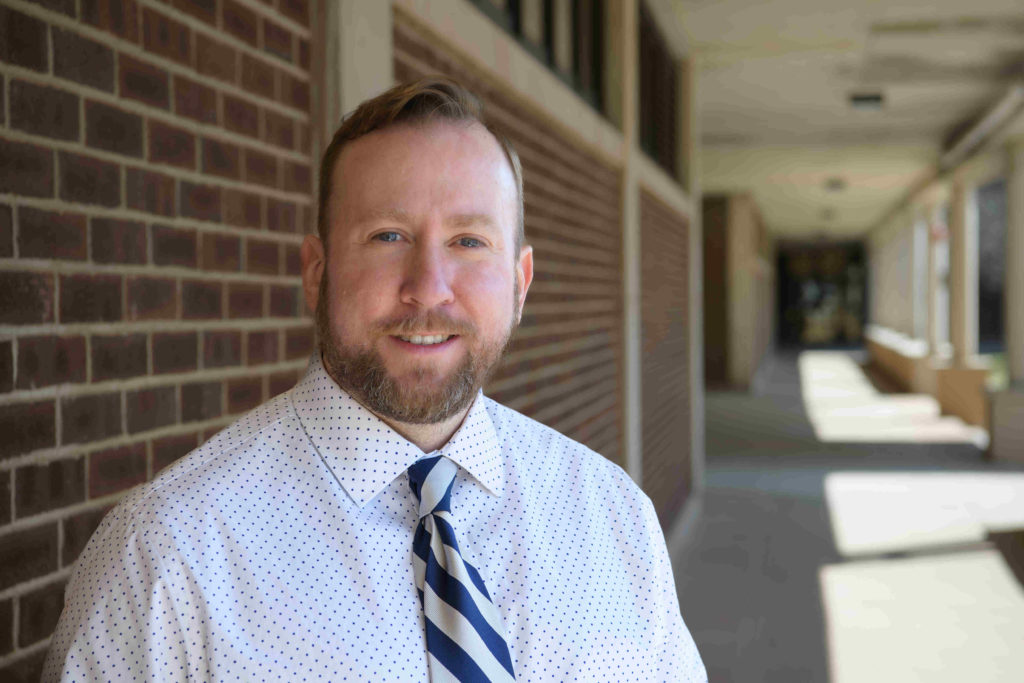
How a Digital Lab Manual Makes Learning Clinically Relevant For Non-Majors
Authoring a custom lab manual was this professor’s answer to keeping a vibrant student body engaged
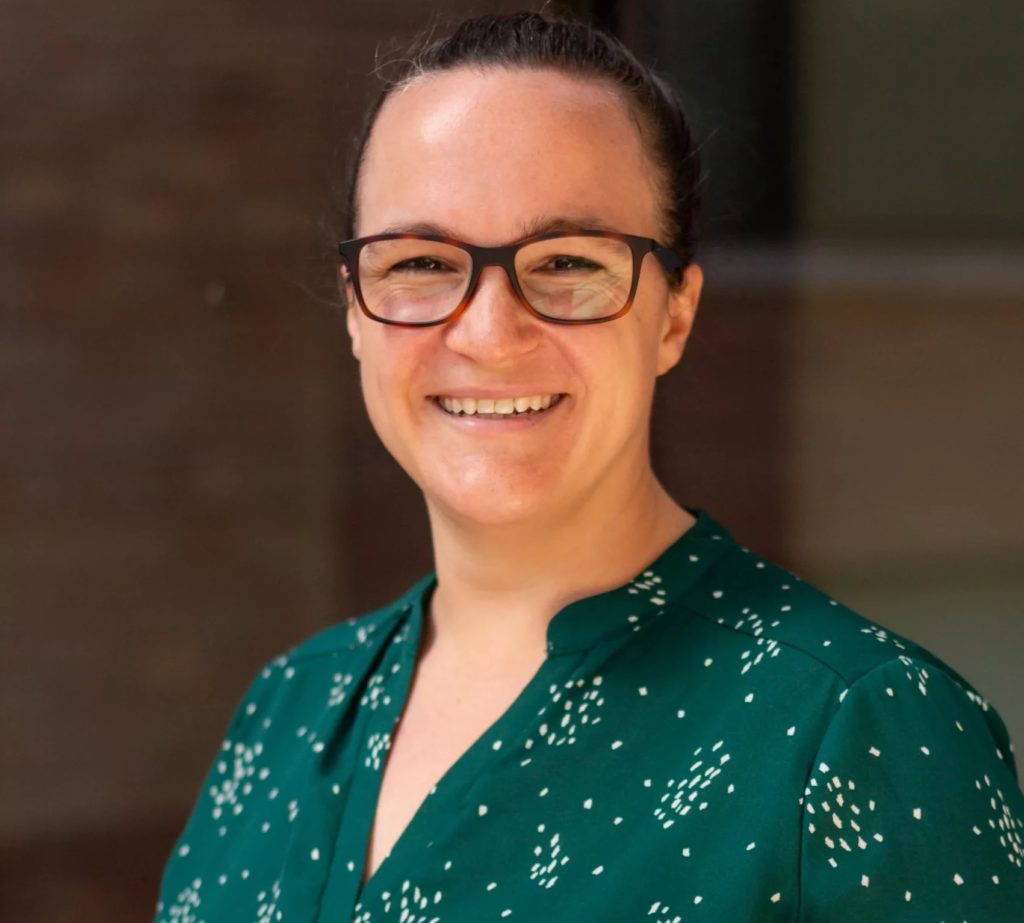
Making Assessment Time Less Daunting and More Valuable
How one professor reduced her DFW rates by using Top Hat to quiz students early and often
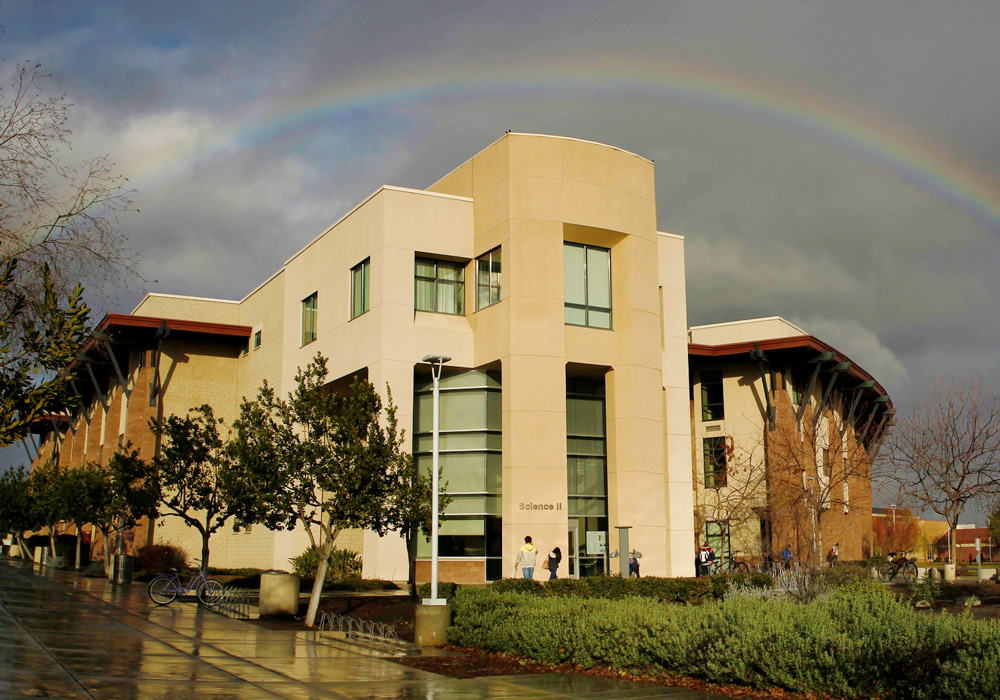
How a Top Hat Textbook Puts Inclusion Front and Center
Discover how a Top Hat textbook helps celebrate diverse identities and even improves retention rates.
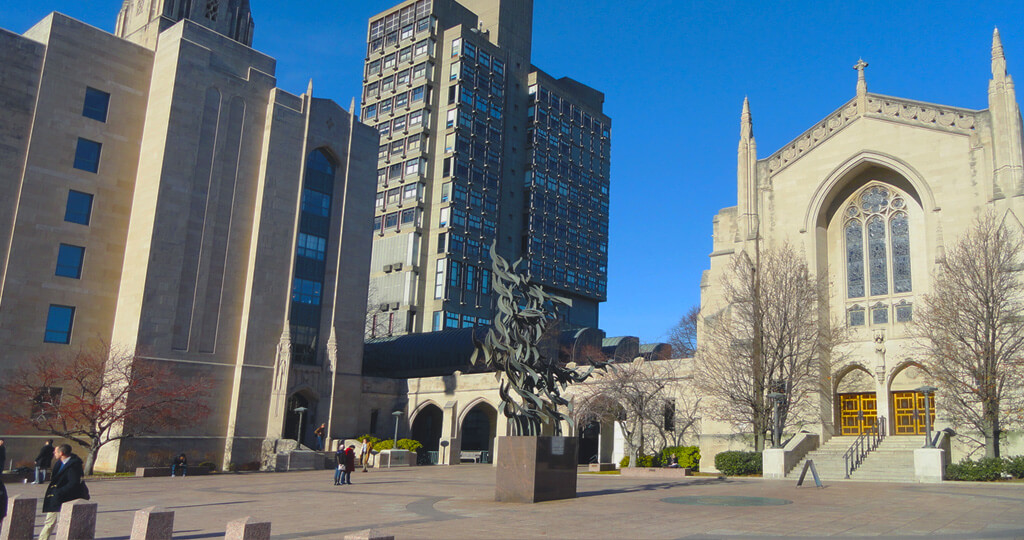
How Top Hat Helped Foster Confidence and Engagement Among 400+ Physics Students
Boston University physics lecturer Andrew Duffy relies on Top Hat to keep students motivated to learn before, during and after class
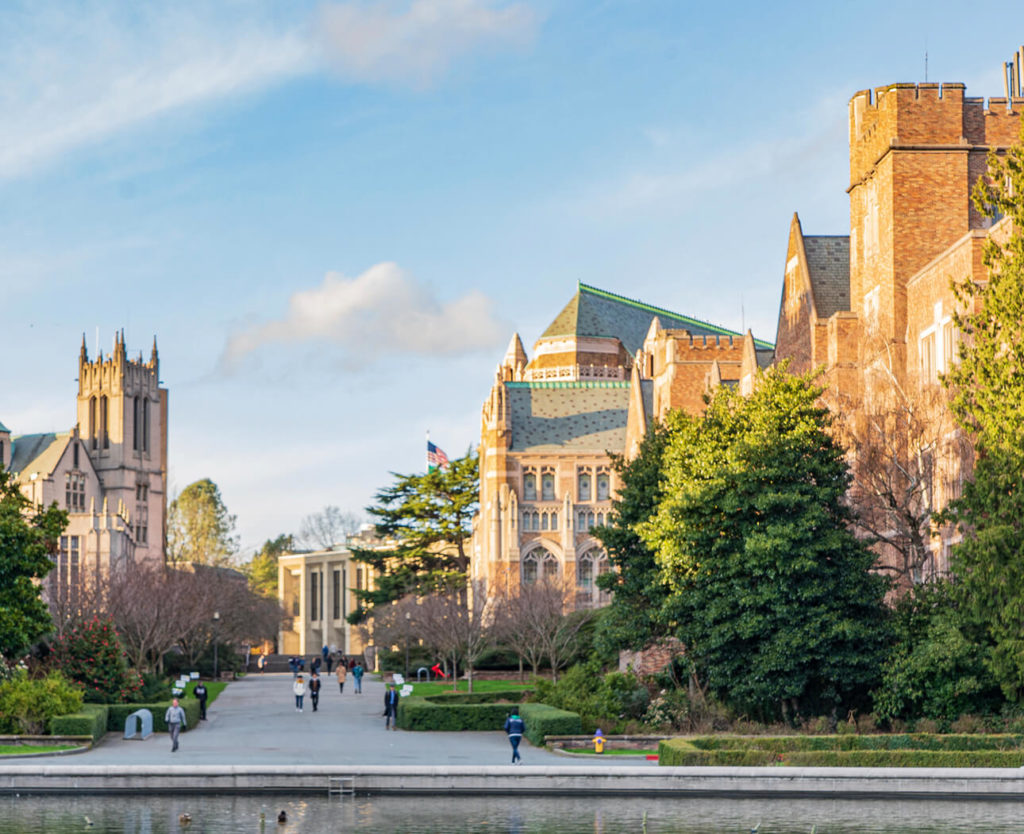
How Top Hat Helped Boost Student Enrollment During the Pandemic
Interactive discussions and a digital textbook helped boost enrollment in this course—even in a pandemic

How Top Hat Helped Brown University Create a Vibrant Active Learning Community—On Campus and Remotely
Asynchronous features and community-building capabilities helped professors succeed in person and online.
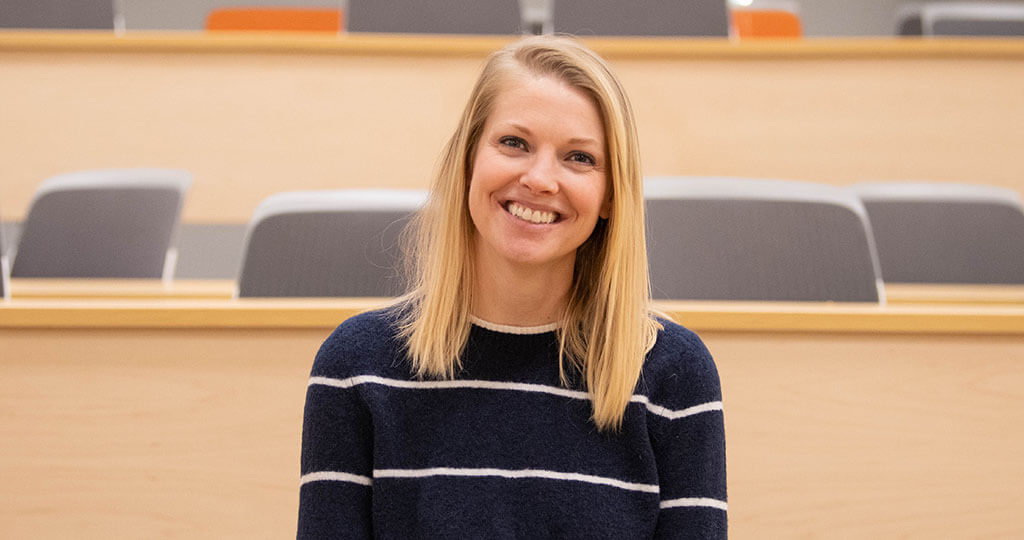
How Flipping the Classroom with Top Hat Gave This Prof the Tools for Synchronous and Asynchronous Online Learning
Biomedical Sciences professor Sarah Sletten improved student evaluations, engagement and interaction—in person and remotely
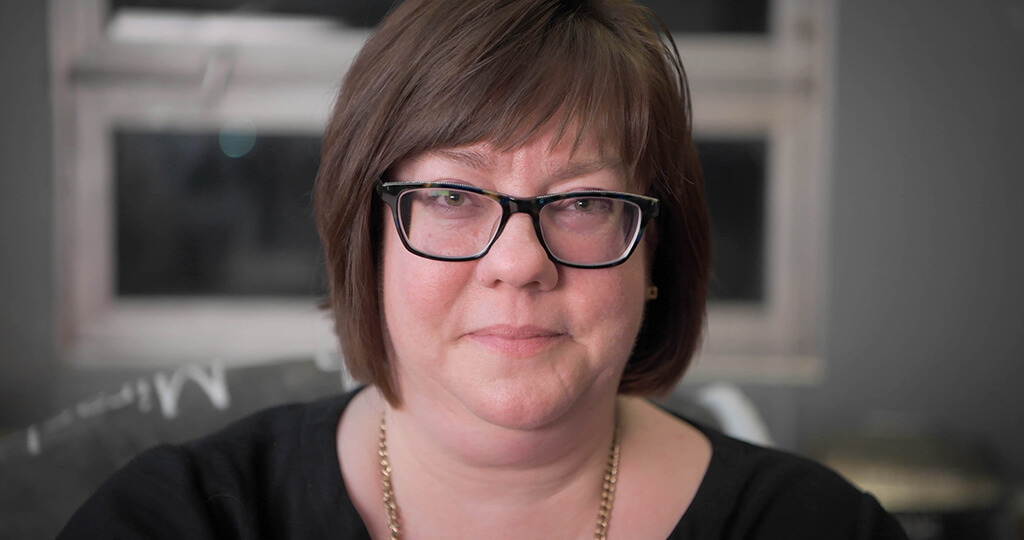
How an Interactive Top Hat Textbook Helped This Professor Succeed in the Move to Remote Learning
Human Development and Family Science instructor Katie Thompson-Laswell keeps learning personalized to students’ lives with course material authored through Top Hat.
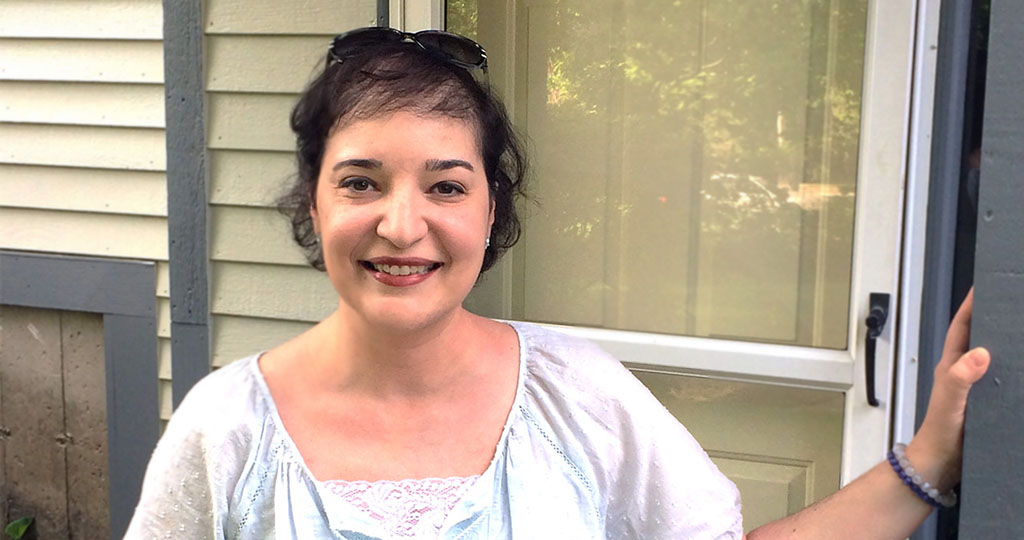
This Professor Thrives Teaching Remotely By Using An Interactive Textbook On Top Of Her LMS
Biology instructor Christina Alevras creates an engaging self-paced learning environment that prepares students for their academic futures.
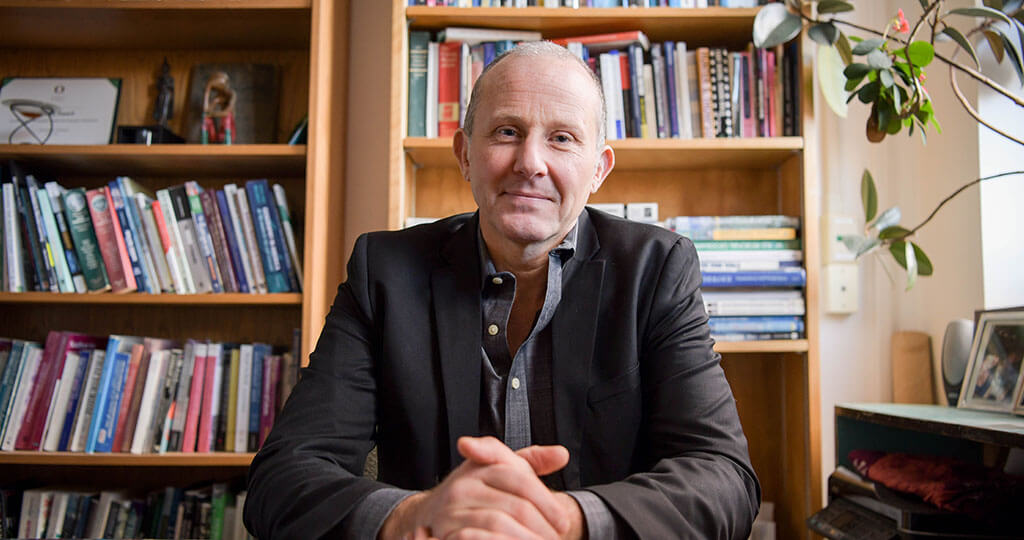
Using Ed Tech to Find the ‘Aha!’ Moment
Geography professor Demian Hommel uses Top Hat to improve student engagement—and help students care about the world around them.
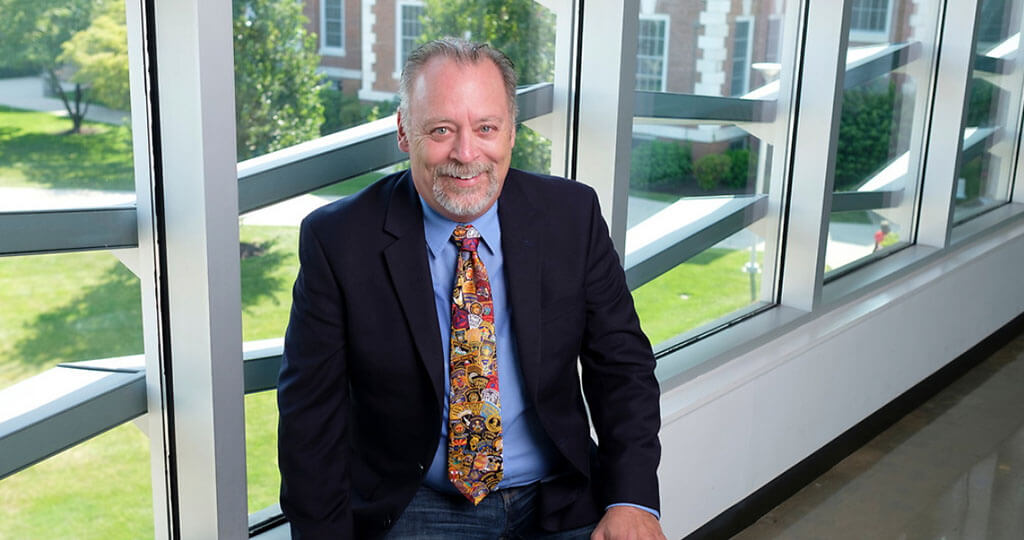
Simplifying the Switch to Online Teaching with Interactive Top Hat Content and Courseware
Criminal Justice lecturer Daniel Maxwell was able to maintain course continuity after COVID-19 closed his campus
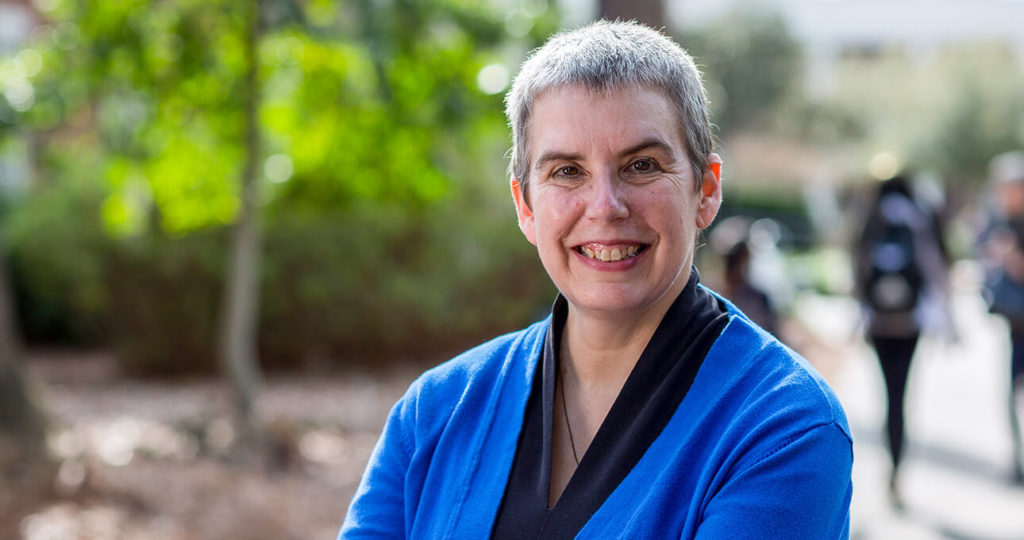
How Formative and Summative Assessments in Top Hat Improved Grades Without Sacrificing Course Standards
Biology professor Sue Ellen DeChenne-Peters needed a way to understand how students were comprehending course material.
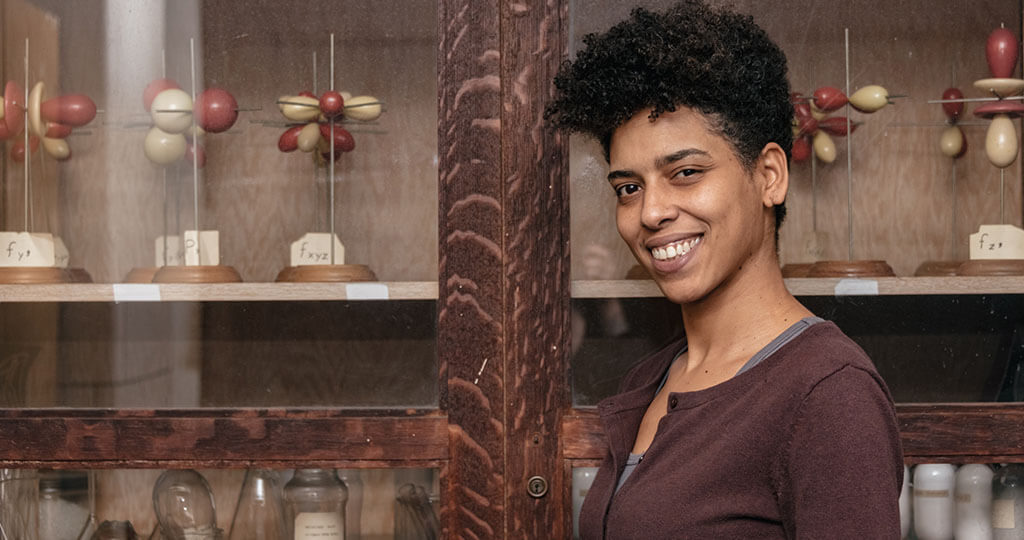
Using Top Hat Motivated a Large Class of Non-Science Majors to Care About Chemistry
Professor Kirsten Grant leveraged Top Hat’s presentation, assignment and textbook solutions to inspire student learning and improve test scores.
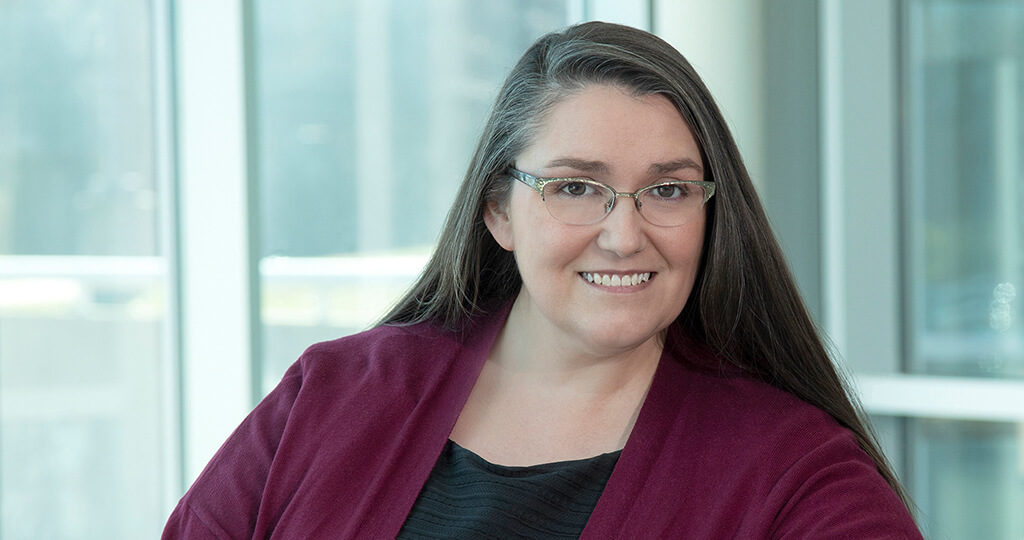
This English Professor Improved Grades in an Online Course
Frequent assessments and discussion questions allow professor Brooke Archila to easily identify struggling students and difficult concepts.
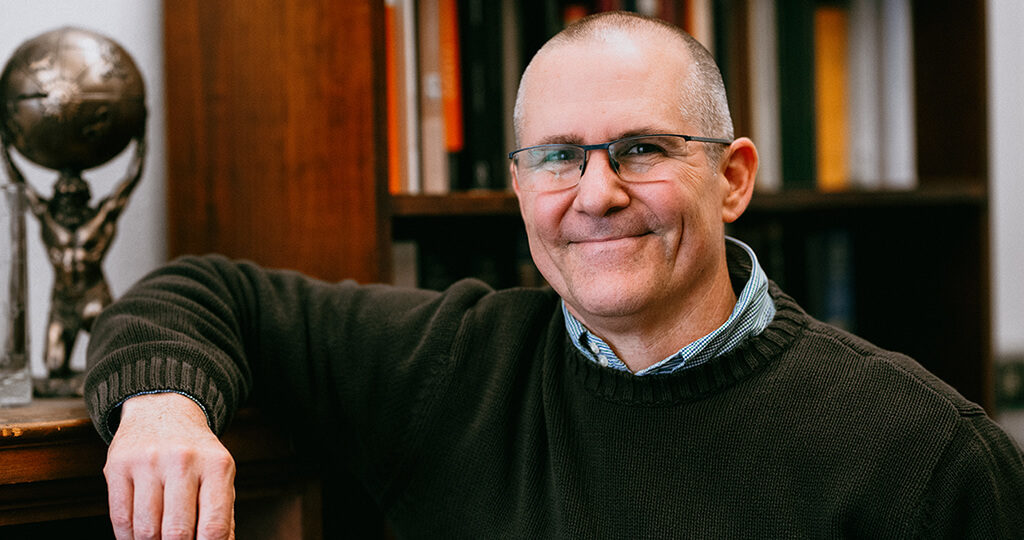
How Top Hat Helped This Professor Teach Difficult Concepts in Courses with 900 Students
Student learning improved thanks to robust assessments and interactive textbooks with graded readings.
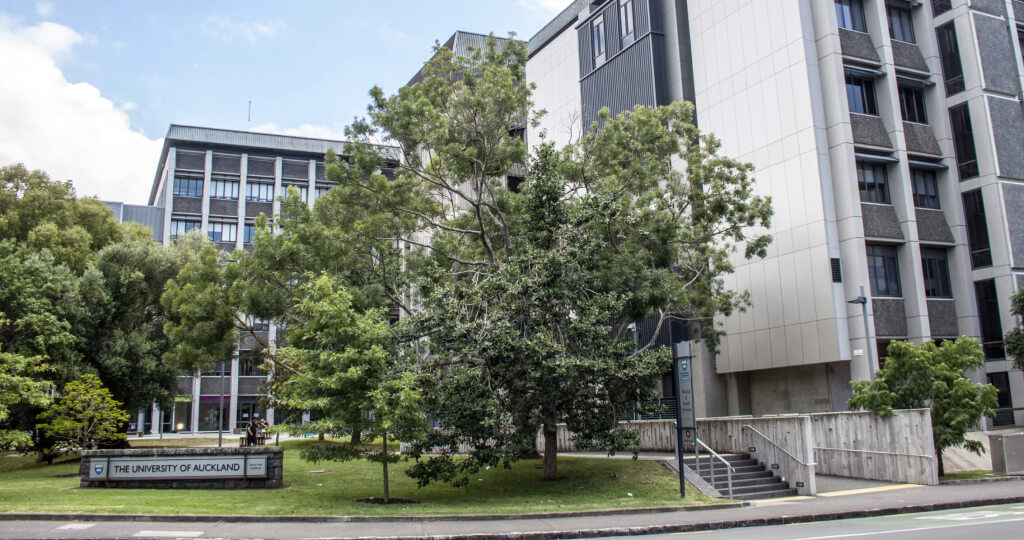
How Top Hat Improved Attendance and Engagement in a Blended Learning Course
The use of Top Hat increases student participation levels and helps professor Michael Rehm win an innovative teaching award.
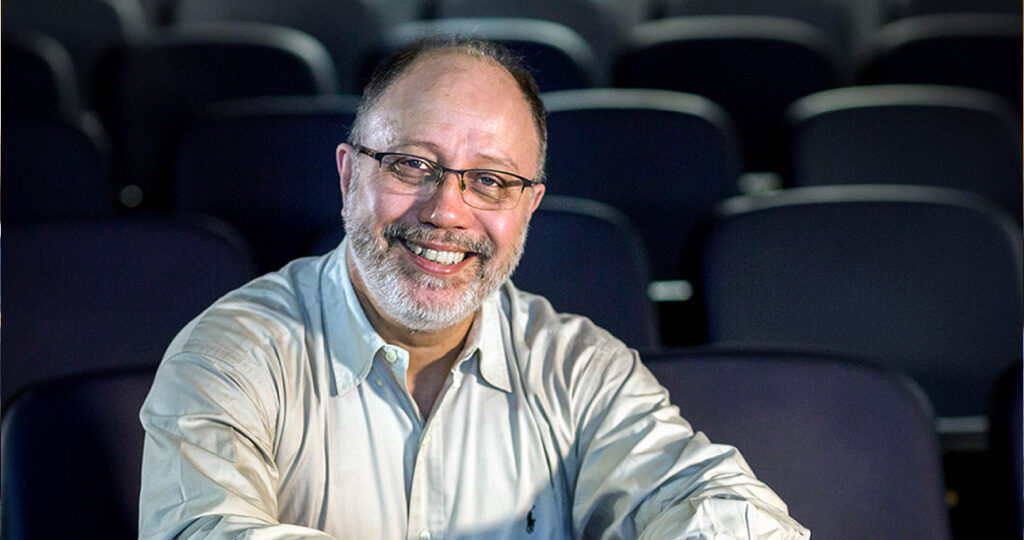
Top Hat Was Essential to Student Success in This Massive Class
Nogueira starts using Top Hat for every part of his course—even authoring a textbook on the platform—in order to improve engagement in learning and student success.
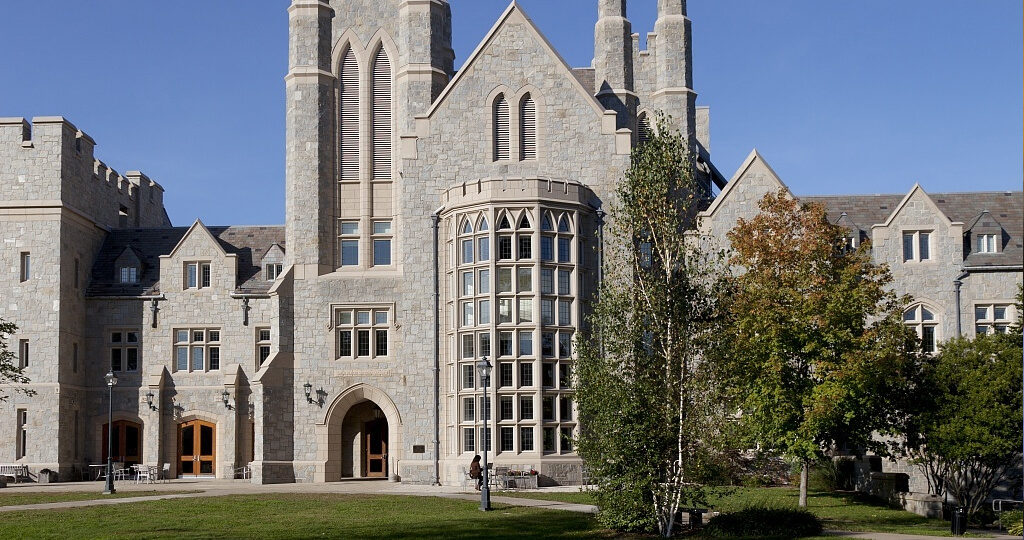
The Impact of Participation on Exam Scores
John Redden co-authors a Top Hat textbook to offer students extra credit.
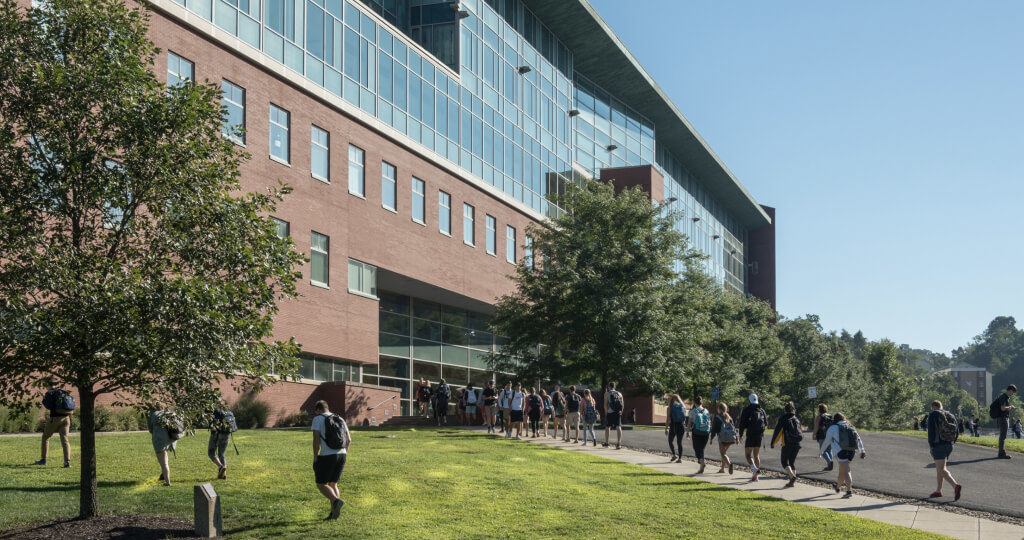
Saving Hundreds of Hours Grading
Joshua Osbourn uses Top Hat to monitor student comprehension with regular in class quizzes. Thanks to Top Hat's secure testing capabilities, he can prevent cheating and instantly provide feedback on student…
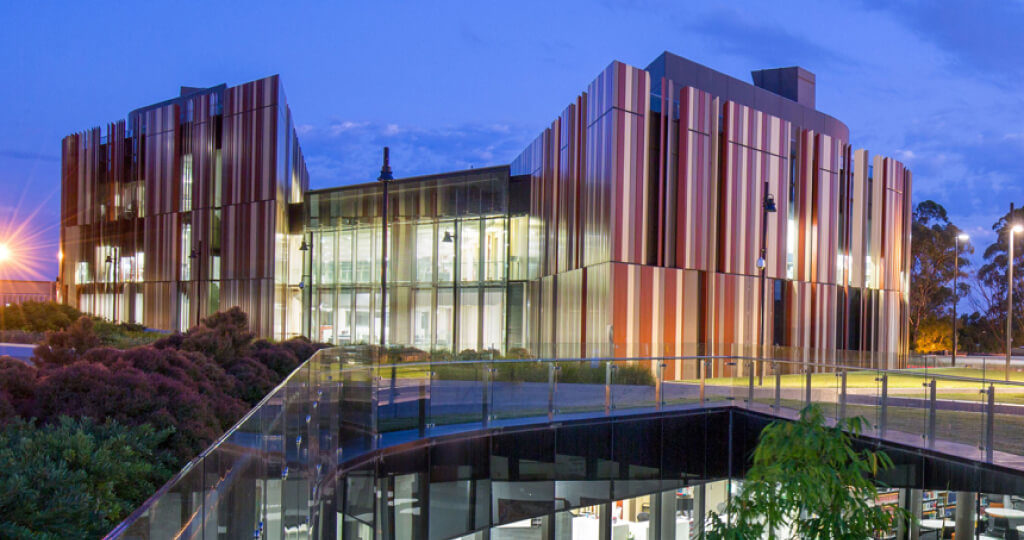
Textbooks That Keep Students on Track
"To expect students to purchase the hard copy textbook (currently retailing for approximately $130) and then perhaps not even read it, was a huge waste."
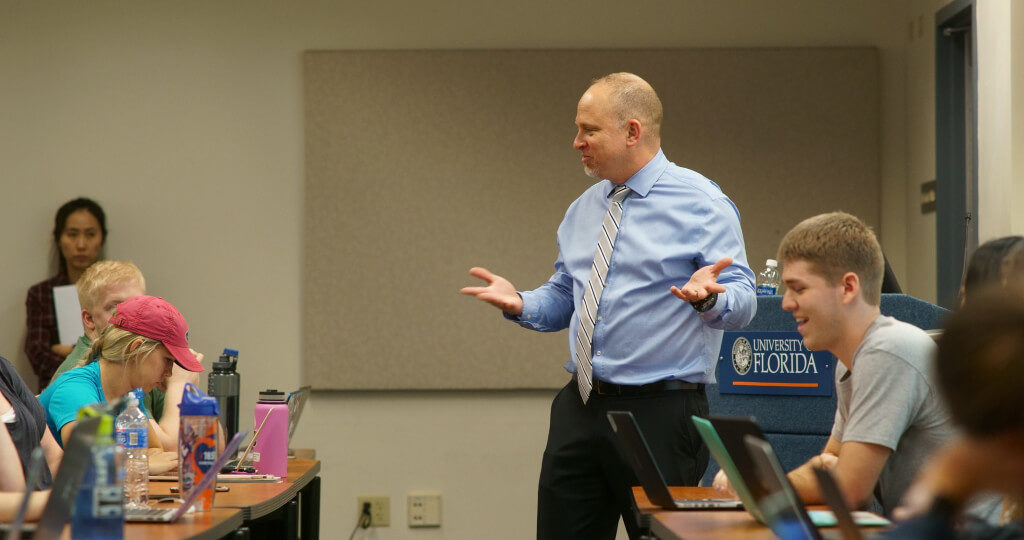
Textbooks That Revolutionize Student Motivation and Engagement
Jamie Pomeranz's students master evolving issues in public health through Top Hat. 83% of students agree that the interactive platform encourages participation during difficult in-class debates.
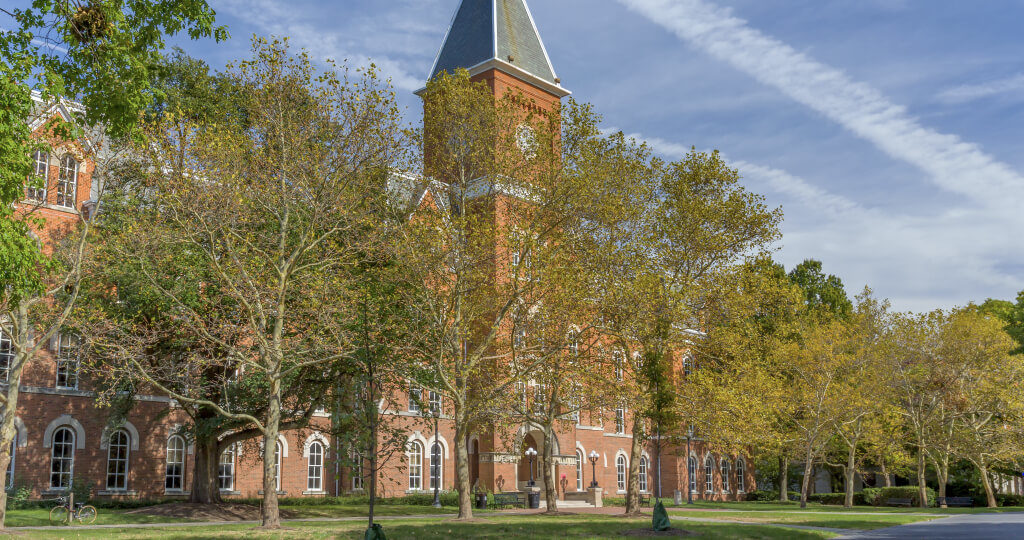
Saving Students Over $1 Million
OSU consolidates technology and reduced costs with Top Hat.
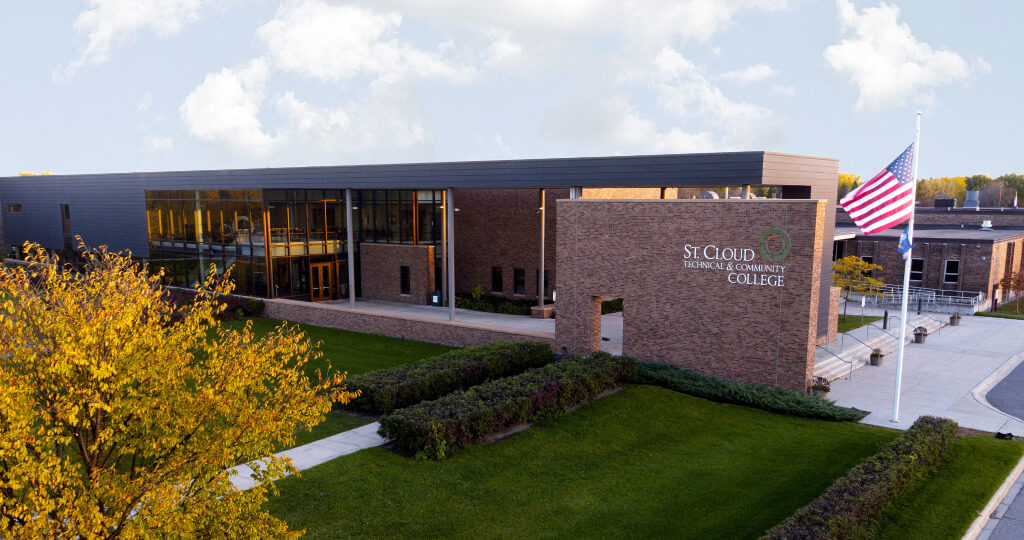
Boosting Student Performance with Technology
Luke Green uses Top Hat to foster a safe, inclusive learning environment. Using the app in class and at home for interactive readings helped him increase course averages by 4% and decrease DFW rates by 12%.
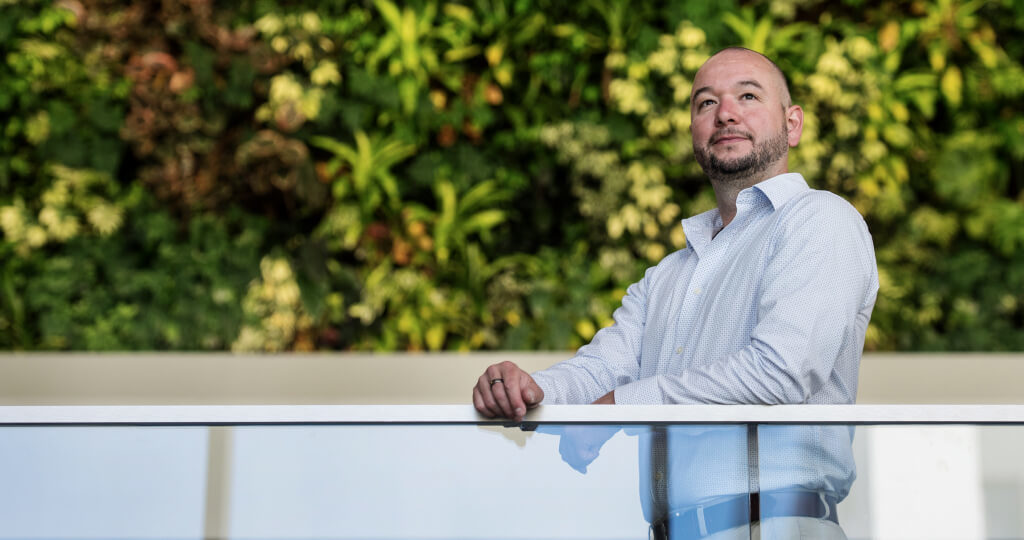
Improving Student Engagement in 400+ Classes
Top Hat encourages students to participate more despite this course's sensitive subject matter.
Join a community of 750+ campuses that use Top Hat





